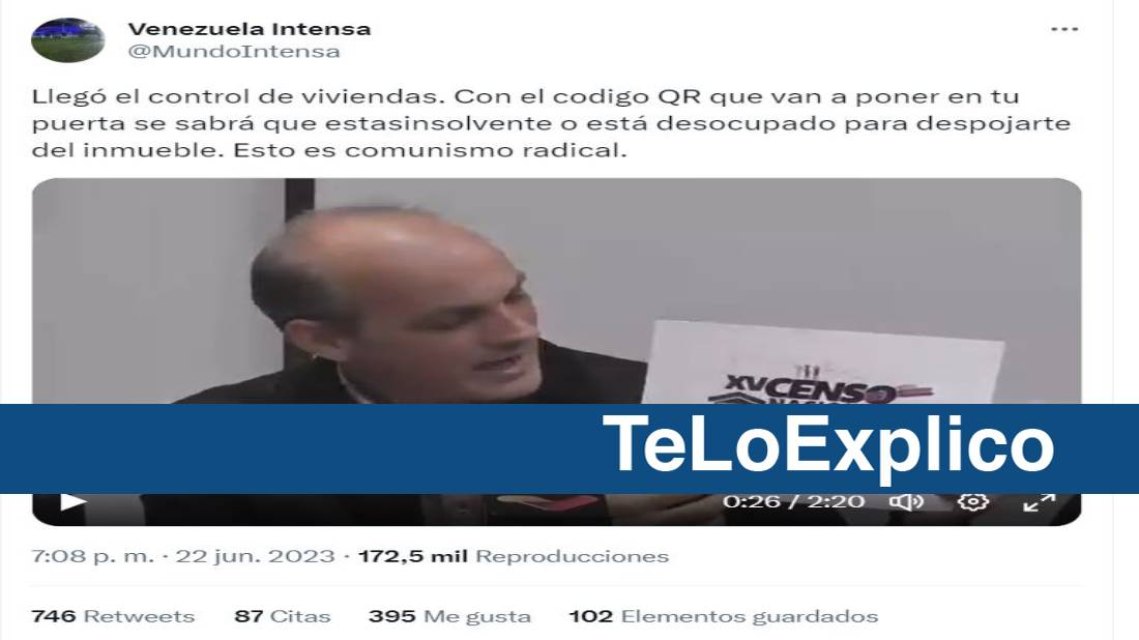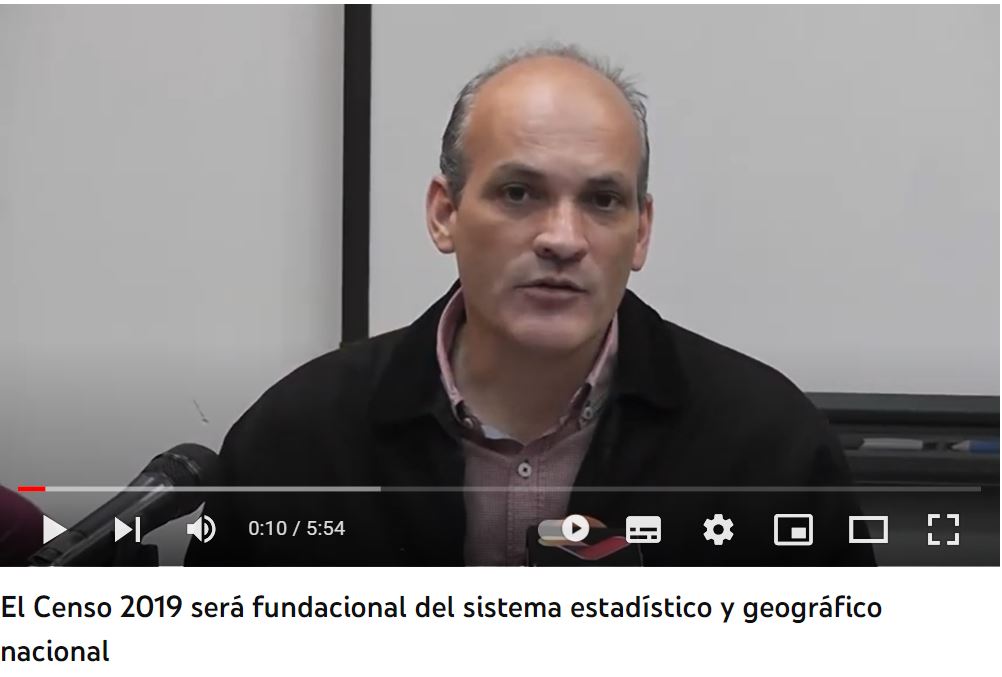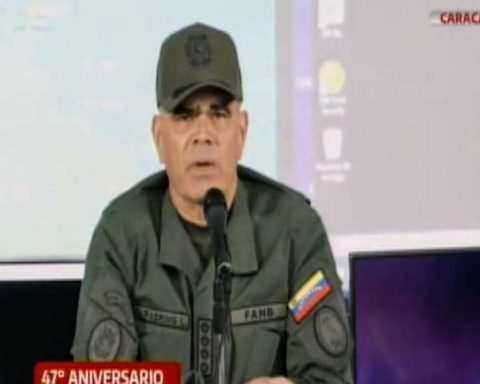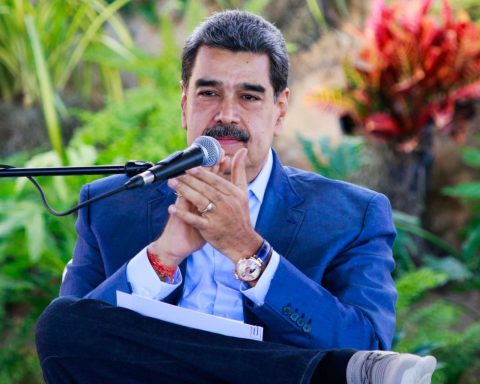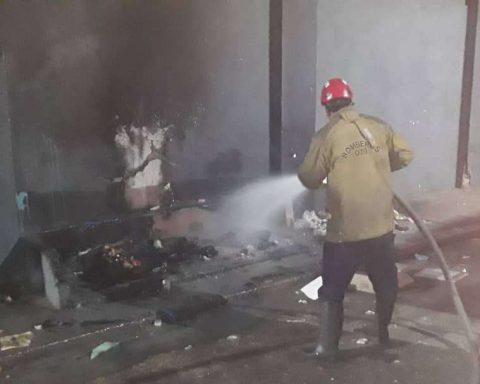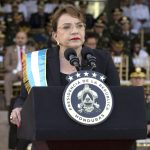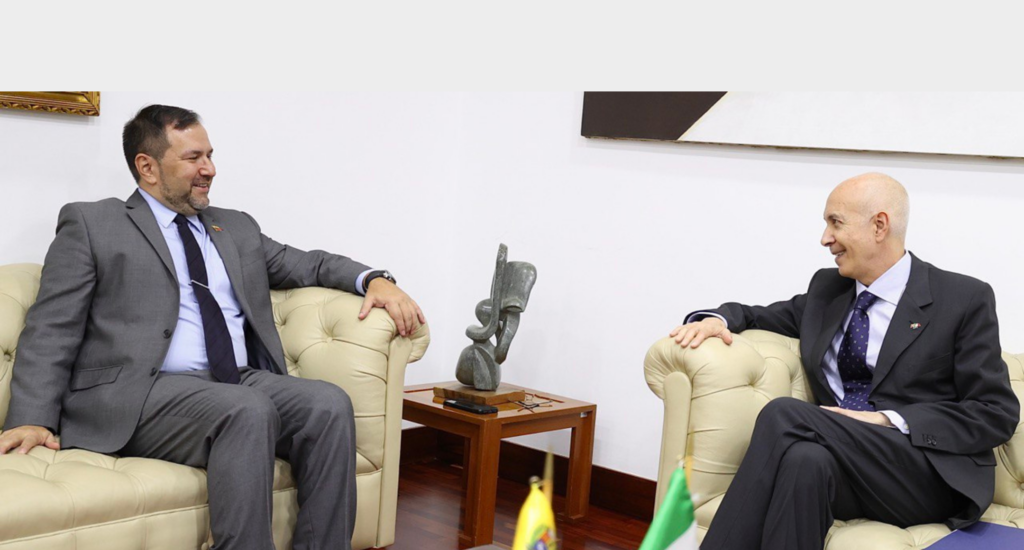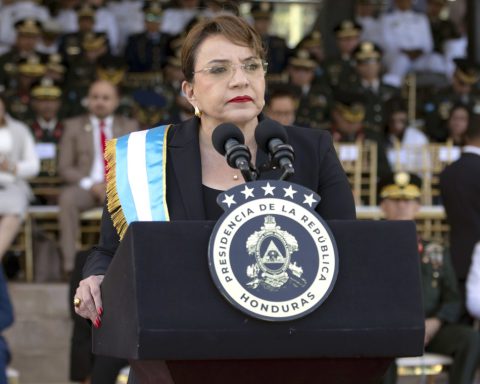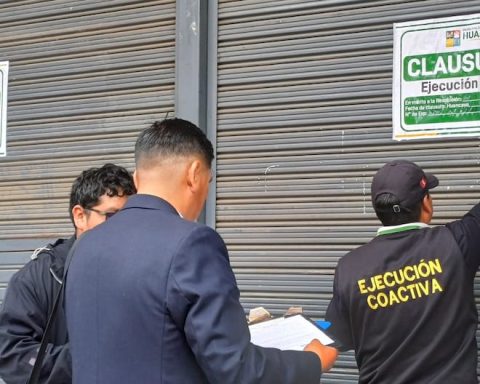The XV National Population and Housing Census began in the last quarter of 2019, but the covid-19 pandemic in March 2020 stopped the collection of information that was resumed a long time later and has not yet ended. To say, like the tweet by @VenezuelaIntensa, that the control of houses arrived through the QR code is unverifiable for the moment
Text: Ligia Perdomo
On Twitter, the user Venezuela intensa (@MundoIntensa) posted a video on June 22, 2023 in which the Minister of Planning Ricardo Menéndez can be seen reporting on the two phases that the national census will include. The audiovisual is authentic, but not new. It is from 2019, when the national government began in Caracas the pilot plan for data collection corresponding to the XV national census and that as of June 2023, has not finished. Did the home control arrive with the QR code, as indicated by Venezuela Intensa? Here we explain what happens.
In an explanatory presentation that Menéndez made of the XV National Population and Housing Census:
When we have this label, which is what will correspond to the new census label that will be attached to each of the houses, on each of the doors in all buildings throughout the country, we see that there are a very important issue and it is, precisely, that a QR code is available on the label.
This is the label, in this QR code that is available here there will be a beautiful issue, when people go there to read the QR code, the first thing they will say is real estate certificate, that is, that all the properties in our country come to have a unique ID, a unique real estate certificate. What is that going to be for? For the service system, for the water service, for telephony, it will be for electricity, for commercial patents, for what corresponds to the cadastre from the commercial point of view. It will be for the claps, it will be for everything that corresponds to the different sources of information. And in a timely manner, what corresponds to the national geographic statistical system will be able to generate this information for all municipalities throughout the national territory, so that they can have their cadastral base in a timely manner. That is, good news is coming.
Extremely important issues are coming from the simplification of procedures. Anyone who is going to be in any consultation with the State, in the future, will be able to scan this QR code, scan that QR code and enter the information platform that corresponds to the Venezuelan State. The platform to pay for electricity services, water services, to have the contracts in a single place for what corresponds to the distribution of the clap, etc. That is to say, that we go with the first step that corresponds to the real estate certificate and then we go to the next step that corresponds to the collection of census information.
Very important topics. This census that we are going to carry out has two aspects. One aspect, the property. All properties in the same information system. Second aspect, people. People will have the opportunity to carry out self-registration, that is, they will be able to fill out the census form by their own means, each family nucleus and to fill out that census form, again appeal to the QR reader, let’s go to the reader, let’s the platform and…”.
*Read also: How to complete a mortgage release so that your home remains in your possession?
The video shows an extract of the information offered by Menéndez on September 2, 2019, when –at a press conference– he gave details of the mechanism under which the data from the XV national census would begin to be collected.
This material, which contains the explanation of the head of Planning, is posted on the YouTube channel of the Ministry of Planning.
The XV national census was to be carried out in 2021, but the government decided to bring it forward to accompany the Plan de la Patria 2019-2025 (government plan) and modernize the information system into a National Statistical and Geographic System.
Menéndez, as observed in the segment shared by Venezuela Intensa @MundoIntensa, realizes that the census would be carried out in two phases: that of housing, through the real estate certificate, and that of people, through self-registration.
*Read also: INE incorporates “self-registration” via the internet for the XV population census
The QR does not allow you to see information on each of the homes
The QR code that bears the label that is placed on the doors of houses and apartments, which identifies each unit with a unique code that, according to the minister, will contain information that will serve to advance public policies regarding services and cadastre simplifying procedures in consultation with state entities.
Housing information has always been included in census questions. The novelty is that it will be available in a scannable QR code that shows that it is a real estate certificate. The code will be used to add information about the home, which the family itself will do through what Menéndez calls self-registration.
Beyond giving answers to the population to certain problems and using the data to define public policies, it is not possible to know if the government will give a different use to that information. To say that home control arrived through the QR code, as @MundoIntensa’s tweet highlights, is not verifiable at this time.
In fact, as the minister pointed out, when scanning the label code from a cell phone, the information leads to an electronic address identified as a real estate document, which is not available, at least, to the general public:
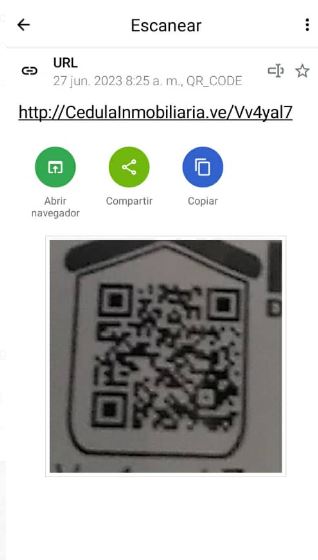
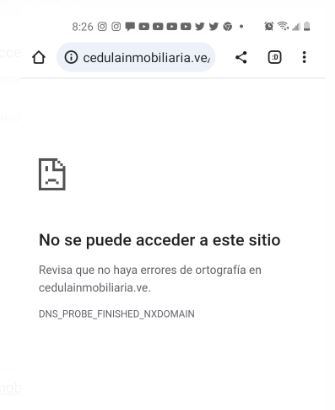
Although the XV national census began in the last quarter of 2019, the arrival of the COVID-19 pandemic in March 2020 paralyzed the work that was resumed later. According to one of the members of EsPaja, his property was surveyed just two months ago and the government has not officially announced the end of the process.
Post Views: 92
